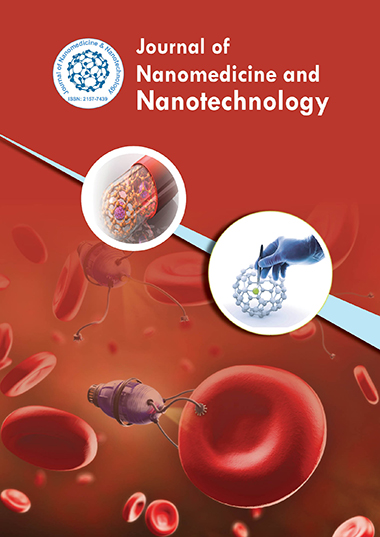索引于
- 打开 J 门
- Genamics 期刊搜索
- 学术钥匙
- 期刊目录
- 研究圣经
- 中国知网(CNKI)
- 西马戈
- 乌尔里希的期刊目录
- 电子期刊图书馆
- 参考搜索
- 哈姆达大学
- 亚利桑那州EBSCO
- OCLC-WorldCat
- SWB 在线目录
- 虚拟生物学图书馆 (vifabio)
- 普布隆斯
- 米亚尔
- 科学索引服务 (SIS)
- 欧洲酒吧
- 谷歌学术
分享此页面
期刊传单

抽象的
Establishment of in vitro Culture of Rubber (Hevea brasiliensis) from Field-derived Explants: Effective Role of Silver Nanoparticles in Reducing Contamination and Browning
Moradpour M, Aziz MA and Abdullah SNA
The development of in vitro methods to produce high quality clonal planting materials of c for replanting and new planting is highly essential. The establishment of in vitro cultures of challenging woody plant species like H. brasiliensis has frequently been hampered by persistent microbial contamination, phenolic production, phase change and low response to media. Therefore, the overall goal of this study was to establish an efficient in vitro propagation method for H. brasiliensis through solving those persistent problems. In determining the most suitable method of reducing explant contamination, different concentrations of sodium hypochlorite, mercuric chloride and nano silver (NS) at different immersion times were assessed on explants derived from three physiological leaf stages (bronze, light green and stable green leaf stages) of preculture and non-preculture treated plants. The highest percentage of survival (94.44%) was from explants derived from the light green leaf stage of preculture treated plants immersed in 10 ppm NS for 20 min. Different types of adsorbents which were silver nitrate, activated charcoal and NS were assessed in controlling browning of in vitro cultures of H. brasiliensis. NS at 4 ppm significantly produced the highest percentage of explant survival (87.03%) with a low percentage of browning (10%). In determining the most suitable medium for in vitro culture of H. brasiliensis explants, Murashige and Skoog (MS) medium, Woody Plant medium (WPM) and Enjalric and Carron (MB) medium in combination with 3%, 6% and 9% sucrose concentrations were assessed. After 16 weeks of culture, the highest percentage of shoot formation (80%) was on MB medium supplemented with 6% sucrose.